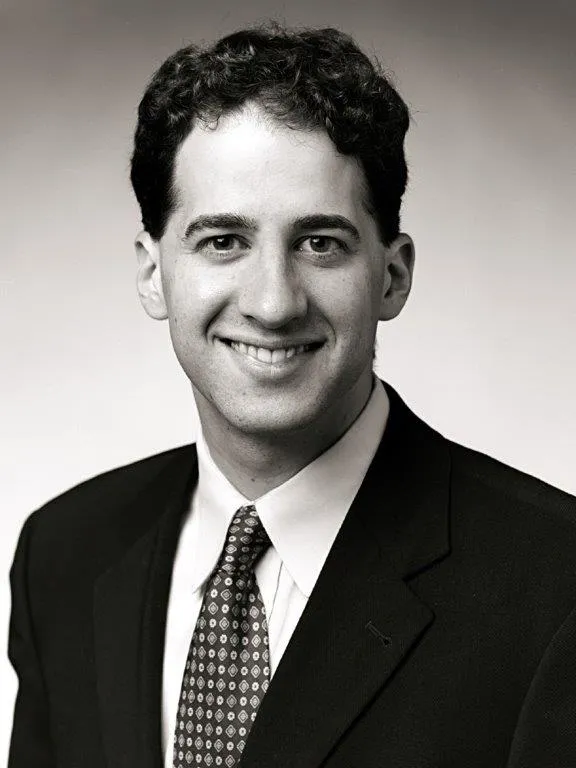The speciality pharmaceutical market has been growing rapidly in recent years, thanks to a combination of innovation and M&A activity. That boom is expected to continue, as analysts have predicted strong market growth for specialty companies over the next five years, with some even forecasting that specialty therapies could account for the majority of new drug launches.
Yet, when the pandemic took hold of the industry, many of these specialty companies pivoted to COVID-19 vaccines and treatments. Hundreds of studies are still being conducted globally into innovative therapies to support patients with the virus. And as COVID-19 continues to spread and hospitalization rates fluctuate, the need for effective, easy-to-administer and inexpensive treatments for global populations hasn’t let up.

One company that has a fairly rich COVID-19 program to address this need, along with specialty products in its primary focus area of gastrointestinal infectious disease, is Israel-based RedHill Biopharma. A fully integrated company, RedHill, whose commercial operations are based in Raleigh, N.C., has three products on the market in the U.S. and several in phase 3 for many indications with unmet needs, including two market leaders in their segments. The company’s R&D program also includes two COVID-19 treatments — an anti-inflammatory oral drug for hospitalized patients and a novel, oral antiviral, serine protease inhibitor aimed at milder cases.
“Research indicates that the newest subvariants of Omicron show substantial vaccine resistance and for people who are older or immunocompromised, it can be deadly,” says Guy Goldberg, chief business officer at RedHill. “These variants are going to continue to spread, and while we've seen drops in hospitalization, viruses do not necessarily evolve to become less deadly. In fact, in Israel, we’ve had a sixth wave where we've seen a rise in hospitalizations. So, what's needed is continual innovation in this space, especially with easy-to-administer oral pills.”
Here, Goldberg discusses how RedHill is positioning its products and involvement in broader COVID-19 discussions, how the company is faring in the current downturn and what’s on the horizon next.
This interview has been edited for length and clarity.
PharmaVoice: Can you tell us a bit about RedHill’s platform and portfolio, and what’s unique about the company’s approach to COVID-19 treatment?
Guy Goldberg: Our commercial products include Movantik for opioid-induced constipation and Talicia for H. pylori infection, which is an infectious disease with growing resistance to the standard of care. Talicia is the first product in its class to be approved in quite some time and has quickly become the No. 1 prescribed brand.
Among our products in R&D are two COVID-19 treatments. The first of these, opaganib, is a first-in-class sphingosine kinase-2 (SK2) selective inhibitor, and analysis from a recent phase 2/phase 3 study showed we were able to improve viral RNA clearance, achieve faster time to recovery and reduce mortality in key subpopulations of moderate to severe hospitalized patients.
The second product, RHB-107, showed 100% reduction in hospitalization in a phase 2 study. What’s important about both of these drugs is they work on the host cell so they’re likely to maintain their efficacy against current and future variants, which is important, as we have seen some of the early monoclonal antibodies have lost their effectiveness with additional variants. The history of antivirals shows that you need to have multiple antivirals, often used in combination, with different mechanisms of action.
How are you positioning these COVID-19 treatments to separate them from others on the market?
We believe these are the ideal therapeutic approach to COVID-19 because they’re simple, safe, effective, standalone and easy-to-administer oral pills that are affordable. This is a global disease, so we have to solve the problem globally, not just in wealthy countries. Having an oral pill that you can administer in Asia, Africa and South America, in places where this pandemic has become resilient and often mutates, is really key to having an effective public health policy that can get this pandemic under control.
Are you working on the national level to discuss COVID-19 treatment approaches and ways to address emerging variants?
Yes, that’s an important part of what we do. We have approval in Israel and Switzerland for compassionate use. For opaganib, we've also worked with regulatory authorities and key stakeholders at the national level in many places around the world to discuss the potential path to approval. We've been in touch with different national stakeholders regarding platform trials, which is very important, because everyone wants to develop drugs, but you have a limited patient population, so you have to do everything in a coordinated fashion. And we've talked to other stakeholders about grants and other support at the national level. It’s a public health issue so public health officials need to be involved with drug companies early on in development. As a small biopharma, it's sometimes challenging to get a seat at the table, but we've worked really hard at doing that.
Let’s shift our attention. What’s on the horizon for RedHill and how the company is faring in terms of revenue?
We went very quickly from having zero sales, to slow sales growth to now generating sales close to $100 million and we’re targeting to be cashflow positive in terms of operations this year. We’re doing that by growing our products and also looking to add products to our commercial portfolio. And we have other drugs in our pipeline, such as RHB 204 for pulmonary Nontuberculous mycobacteria (NTM). This is an orphan indication and currently there are no approved first-line treatments on the market. That product is in phase 3 and we believe if it’s approved it will have large market potential.
How is the current economic situation impacting RedHill’s operations as well as its mid-term goals?
Market conditions really require us to be more conservative with the business and so we’ve put together a cost containment plan to keep us focused. We’re reducing some headcount and we’re being very cautious with how we move programs forward, for example, finding partners or seeking grants, and we’re also working to ensure our commercial operations are a positive contributor to the business. As chief business officer, I help by speaking with investors and making sure our profile is well known in public markets. I helped to build our commercial operations before we had people on the ground to take that over and on the clinical side, I help to find grants and other initiatives to support our research programs.



















